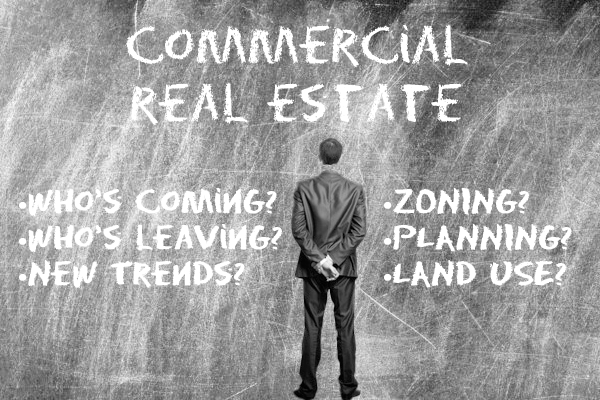|
RCBJ-Audible (Listen For Free)
|
Breaking The Mold Requires a Shakeup From Villages, Towns, Planners, All Stakeholders
By Paul Adler
Why are local zoning and planning authorities afraid to engage dynamic zoning for redevelopment? Is it that hard to be hip and cool like so many communities throughout the Hudson Valley?
Dynamic zoning contemplates systematic changes in the zoning code based on predetermined and agreed triggers, allowing a community to modify the use in different zones based on evolving needs of the community. Dynamic zoning standards can allow more flexible development while still ensuring that the resulting projects are not significantly out of scale or character with those around them.
Zoning and planning authorities may be hesitant to engage in dynamic zoning for redevelopment for a variety of reasons.
Here are a few potential factors that could be contributing to this reluctance:
- Lack of political will: Dynamic zoning requires a willingness to experiment with new approaches to land use regulation, and to adapt to changing circumstances over time. In some cases, zoning and planning authorities may be hesitant to take on this level of risk, particularly if there is not strong political support for more flexible zoning policies. Town and Village leaders need to find out what works in other jurisdictions and experiment with new ideas and policies.
- Legal barriers: Many local zoning codes are based on outdated laws and regulations that may not allow for dynamic zoning. This can make it difficult for zoning and planning authorities to implement new zoning policies that are more flexible and adaptable.
- Concerns about equity: There may be concerns that dynamic zoning policies could lead to gentrification or other forms of displacement, particularly if they are not implemented carefully and with a focus on equity. Absent strong community support, zoning and planning authorities may be hesitant to take on this risk.
- Lack of expertise: Dynamic zoning requires a deep understanding of land use trends, development patterns, and community needs. Zoning and planning authorities may not have the necessary expertise or resources to develop and implement dynamic zoning policies effectively or may be reluctant to reach out to experts for advice.
- Resistance from developers: Developers may prefer the certainty and predictability of traditional zoning policies, which can make it easier for them to plan and execute projects. Municipal authorities may be reluctant to implement dynamic zoning policies if they believe that they will face resistance from developers or other stakeholders in the development process.

These and other factors contribute to the reluctance of zoning and planning authorities to engage in dynamic zoning for redevelopment. Addressing these concerns will require a concerted effort from policymakers, community members, and other stakeholders to work together to develop more flexible and equitable zoning policies that can adapt to changing circumstances over time.
We need to stop the practice of Exclusionary Zoning, which always get you what you don’t from a planning perspective. Exclusionary zoning refers to land-use regulations that restrict certain types of development, such as multi-family housing, in certain areas, often with the intention of preserving the character of a neighborhood or preventing the entry of certain groups of people. While the intention behind exclusionary zoning may be to maintain property values or prevent overcrowding, it often has unintended consequences. One, for example, is the perpetuation of segregation, as low-income and minority groups may be effectively excluded from certain neighborhoods. This can have negative social and economic effects, such as limiting access to job opportunities, quality education, and public services.
Exclusionary zoning can also lead to a lack of affordable housing, as restrictions on multi-family developments can limit the supply of housing and drive up prices. This makes it difficult for people with lower incomes to find suitable housing, which in turn exacerbates issues such as homelessness, housing and fire code violations, and housing insecurity.
Therefore, it is true that exclusionary zoning can often lead to outcomes that are contrary to the intentions of those who implement it. It can perpetuate segregation, limit access to affordable housing, and exacerbate social and economic inequality. As such, policymakers should carefully consider the potential consequences of land-use regulations and aim to implement policies that promote equitable access to housing and other resources.
Paul Adler is Chief Strategy Officer of Rand Commercial. paul.adler@randcommercial.com














